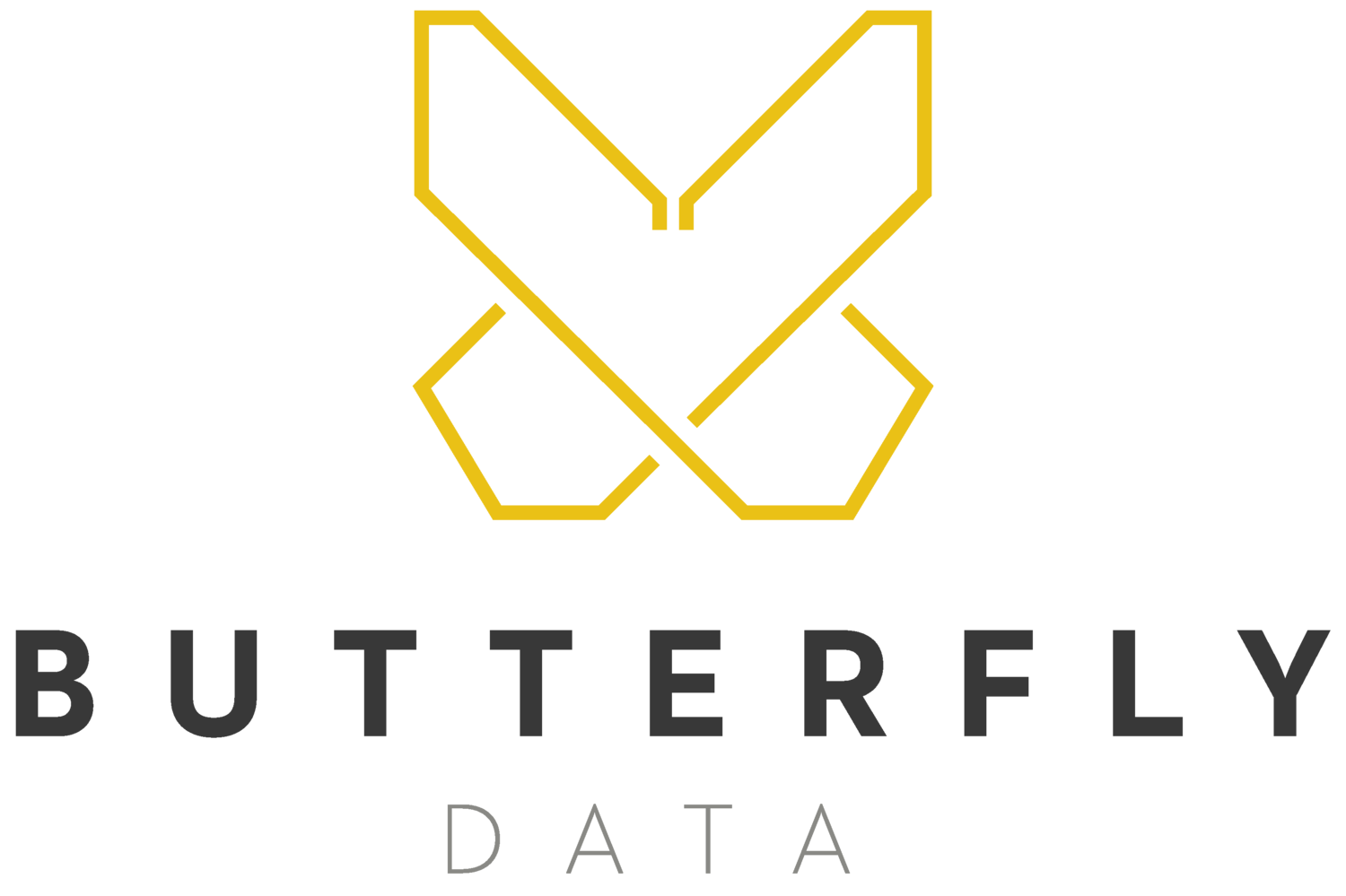Butterfly Data Automates Forecast Process from 5 Days to 2
The credit union consolidation rate has held steady at about 3.5% a year for the past 40 years. The most common merger scenario has larger entities acquiring small and midsize credit unions. Analysts are speculating that pressures on the biggest credit unions will force many to consider merger strategies in the months to come.
Challenges: 2 teams with different business processes and tools
When mergers or acquisitions happen, there are many challenges to consider including varying processes, technology, and culture. Sometimes you need an expert partner to help navigate through the details and automate your approach.
After a large United Kingdom credit union acquired a smaller one, they maintained two separate reporting and forecasting teams, each using different business processes and tools. They tapped Butterfly Data, a consulting firm with data science and data management experts, to consolidate, harmonise, and deliver their forecast by day five each month.
The larger institution used SAS Analytics to forecast loans and savings products, risk and regulatory compliance, customer interactions, and fraud. The small credit union utilized Excel based models with fragile and poorly maintained macros. Manual updates were required, given that the Excel author and his institutional knowledge left the credit union. Attempts to replicate historical forecasts were unsuccessful.
Reports required multiple long running processes, some overnight, to deliver reporting by day five. Often these report runs failed and required a re-run, necessitating long hours and sometimes weekends, to meet the deadline.
Butterfly leveraged their expertise to drive a unified, automated model
Butterfly mapped out the data pipelines for each process and designed a data integration procedure to combine both sets of monthly reports into a single forecasting model. They leveraged their expertise to automate processes allowing for minimal manual checkpoints to ensure quality audit and quality control. The unified model was scheduled and formatted into a consistent and professional table.
Results: from 5 days to 2
The forecast process improved from five days to two days allowing for in-depth analysis, contingencies, and better use of computing resources. Analysts spent their valuable time on the forecast versus moving and manipulating data.
Quality significantly improved with a model that was consistent, repeatable, and easily maintained. Forecasts could be verified and compared with actual results, providing the foundation for incremental improvement and new programs.
Lessons learned: don’t reinvent the errors of the past
Many consulting projects start with the ‘as-is’ process to determine the ‘to be’ process. However, particularly when legacy processes are not well documented or understood, spending valuable time figuring out the errors of the past is counterproductive. Find the obstacles that will thwart your progress to move forward as the priority.
Learn how Butterfly Data, a SAS Gold partner, can assist with your M&A or digital transformation initiatives on the SAS partner site.


